Sonia Laudanna
GANG-MAM: GAN based enGine for Modifying Android Malware
Sep 27, 2021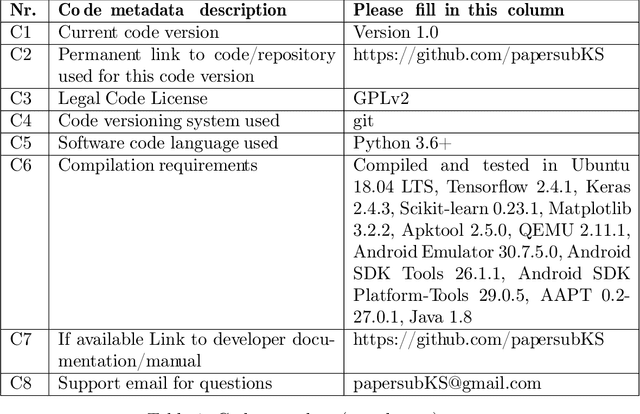
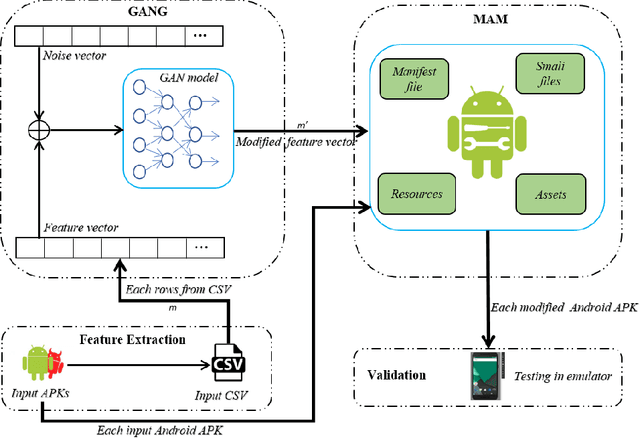
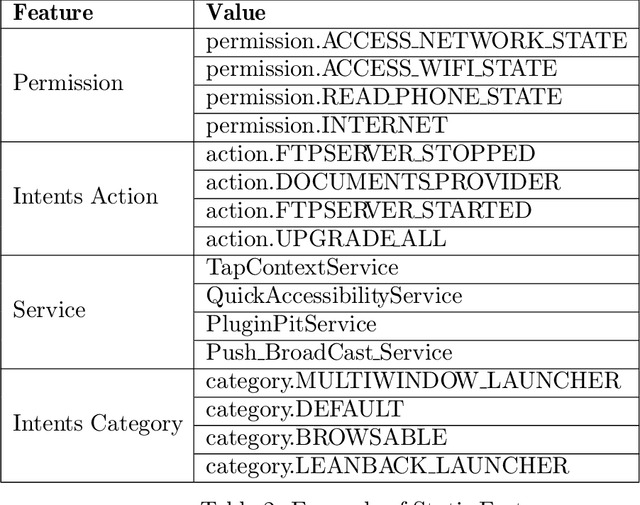
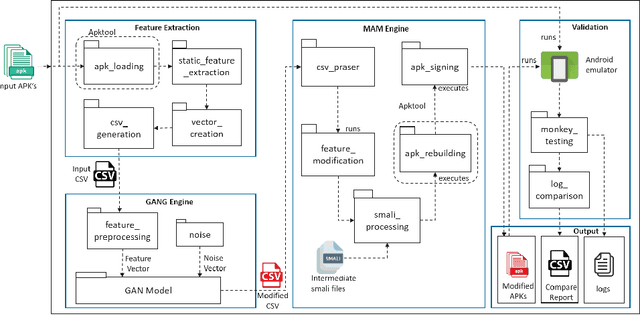
Abstract:Malware detectors based on machine learning are vulnerable to adversarial attacks. Generative Adversarial Networks (GAN) are architectures based on Neural Networks that could produce successful adversarial samples. The interest towards this technology is quickly growing. In this paper, we propose a system that produces a feature vector for making an Android malware strongly evasive and then modify the malicious program accordingly. Such a system could have a twofold contribution: it could be used to generate datasets to validate systems for detecting GAN-based malware and to enlarge the training and testing dataset for making more robust malware classifiers.
GasMet: Profiling Gas Leaks in the Deployment of Solidity Smart Contracts
Aug 12, 2020
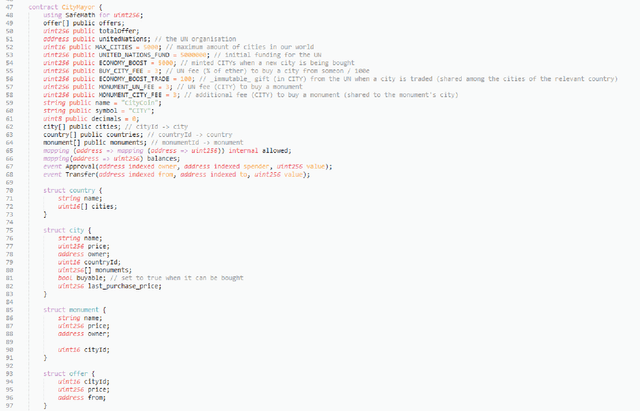


Abstract:Nowadays, blockchain technologies are increasingly adopted for different purposes and in different application domains. Accordingly, more and more applications are developed for running on a distributed ledger technology (i.e., \textit{dApps}). The business logic of a dApp (or part of it) is usually implemented within one (or more) smart contract(s) developed through Solidity, an object-oriented programming language for writing smart contracts on different blockchain platforms, including the popular Ethereum. In Ethereum, once compiled, the smart contracts run on the machines of miners who can earn Ethers (a cryptographic currency like Bitcoin) by contributing their computing resources and the \textit{gas} (in Ether) corresponds to the execution fee compensating such computing resources. However, the deployment and execution costs of a smart contract strictly depend on the choices done by developers while implementing it. Unappropriated design choices -- e.g., in the data structures and the specific instructions used -- could lead to higher gas consumption than necessary. In this paper, we systematically identify a set of 20 Solidity code smells that could affect the deployment and transaction costs of a smart contract, i.e., \textit{cost smells}. On top of these smells, we propose GasMet, a suite of metrics for statically evaluating the code quality of a smart contract, from the gas consumption perspective. In an experiment involving 2,186 real-world smart contracts, we demonstrate that the proposed metrics (i) have direct associations with deployment costs, and (ii) they could be used to properly identify the level of gas consumption of a smart contract without the need for deploying it.
 Add to Chrome
Add to Chrome Add to Firefox
Add to Firefox Add to Edge
Add to Edge